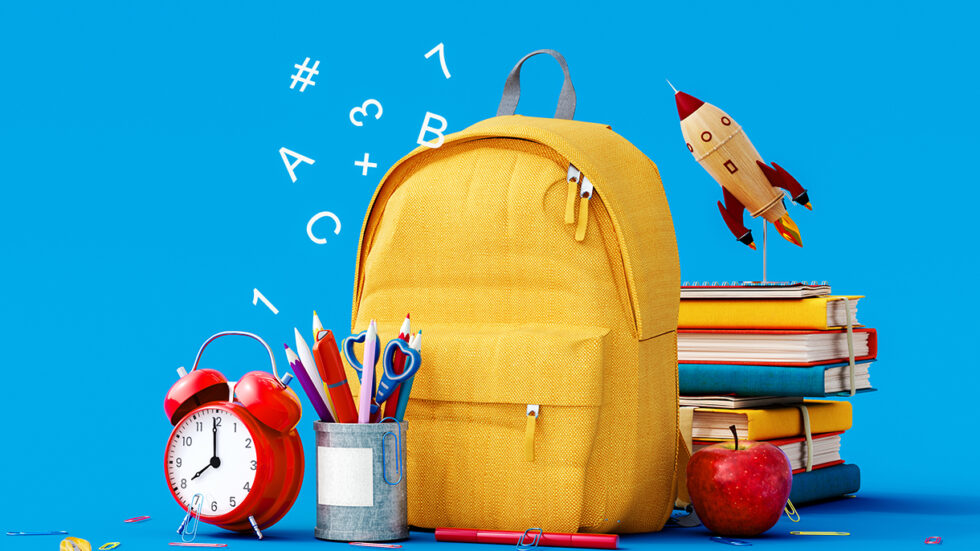Back-to-School Shopping for a Child with Autism

The start of the school year can elicit a mix of feelings for both children and parents — from hope and anticipation to stress and sadness. Yet, there is something universally exciting about back-to-school shopping. While trips to the store to replenish glue sticks, notebooks, pencils and calculators may seem like a fun rite of passage, not every family has the same experience.
Back-to-school activities present a number of challenges and concerns for children with autism. They could range from feelings of being overwhelmed when having school portraits taken and standing in a long line at Staples to get school supplies to difficulties an autistic child may have coping with specific changes to their schedule, interacting with new people and environments, or the larger sense of a transition period.
The fear of all the unknowns of a new school year can be heightened for children with autism spectrum disorder (ASD), who have a higher prevalence for anxiety symptoms than typically developing children. Mental, social, emotional and sensory differences may impact how a child functions not only in a school environment, but around activities leading up to the first day of school, which may complicate plans and to-do lists for parents.
“This time of year can be difficult for families whose back-to-school list may not be as simple or robust for their autistic child (or child with other disabilities),” says Janeen Levine, BCBA, Potential’s training coordinator. “If I was a parent seeing friends and neighbors shopping for the traditional school supplies, I would want to be included in that excitement.”
While your family might have to consider a variety of unique circumstances for your child, with a bit of creativity it is possible to form alternative back-to-school rituals to celebrate together.
One way is to engage in your own shopping tradition. If shopping in person with your child isn’t ideal or you plan on buying most or all items online, ask your child to help you make a list of school supplies. This can be a fun mix of “wants” and “needs,” like a colorful backpack or thick crayons to help with motor skills (see the sidebar for more product ideas). This will allow you to maintain the spirit of back-to-school shopping while setting up your child for success with the adaptive, functional supplies they need that may be harder to find through traditional avenues. It’s also a great time of year to take stock of what you have and reorder or replace any sensory items, fidgets and other reinforcers needed. Additionally, you could collaborate with teachers and therapists to make sure they are aware of certain items your child will use throughout the day or to expand an existing list of favorites.
The back-to-school season can and should feel special for all children. It is crucial to recognize and take action in areas that can be adjusted to better accommodate your child with autism, and to acknowledge how we as a society can reframe this experience to be inclusive for all individuals. School is officially in session at Potential’s Springtime School on September 5!
